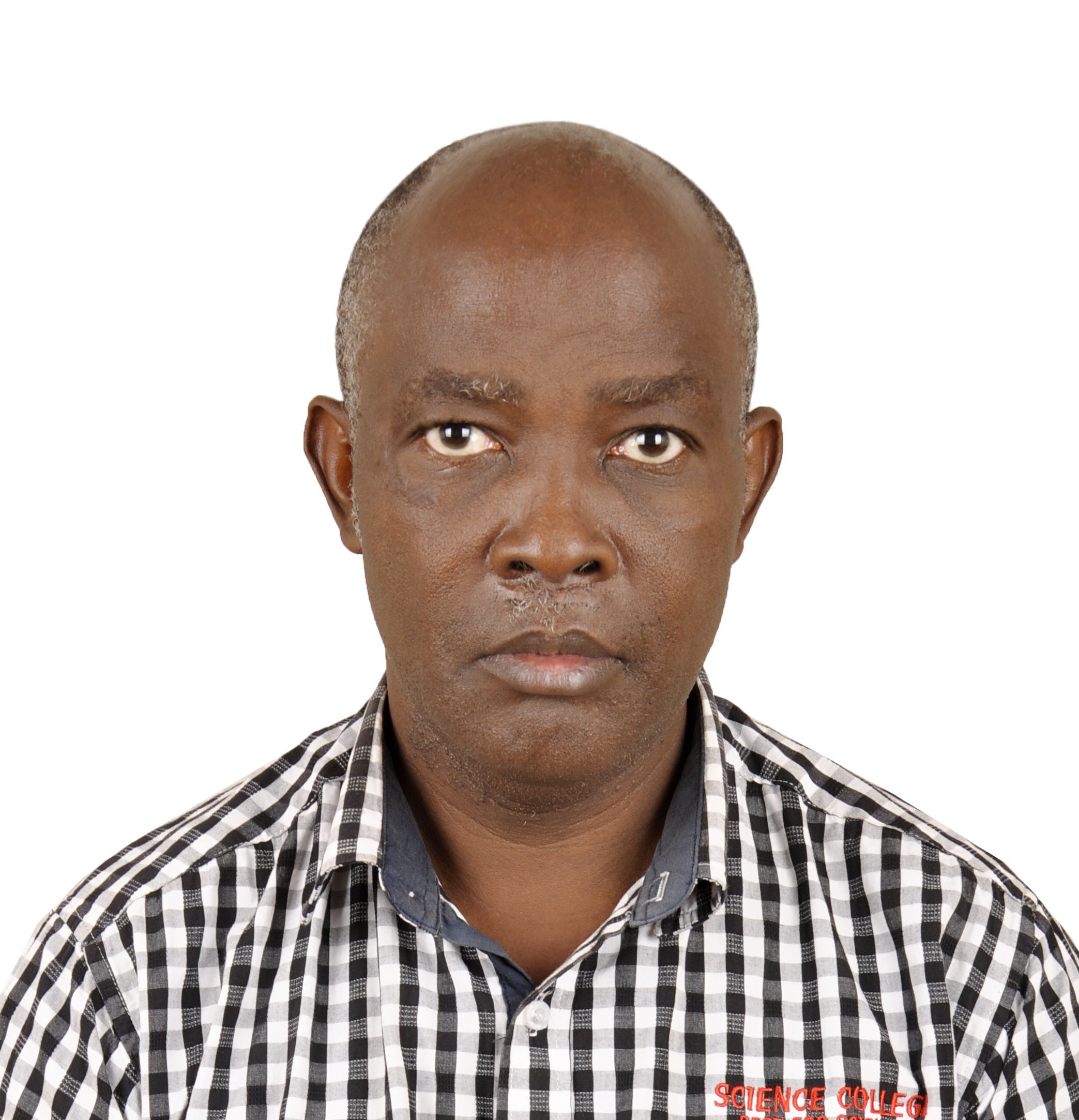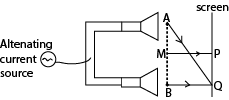
Describe an experiment to determine the velocity of sound in air by an interference method. (06marks)


Two small loud speakers a and b about 1m apart are connected to the same oscillator so that both emit sound waves of frequency, f, in phase.
A sensitive detector is moved parallel to the line AB along PQ and it detects a maximum wave at P on perpendicular bisector MP of AB and another maximum wave when it first reaches a point Q directly opposite to B.
Constructive interference of sound wave occurs at P and Q, so the wavelength of sound wave is given by λ = AQ –BQ
The speed of sound in air is then calculated from V =fλ.
Alternative 1
A long tube is filled with water.
A vibrating turning fork of known frequency f is held over the mouth of the tube.
Water is gradually removed until a loud sound is heard.
The length l1 of air column is measured.
Water is allowed out until a loud sound is heard again.
The length l2 of air column is measured
The velocity of sound in air is calculated from V= 2f(l2 –l1)
Alternative 2
- Along tube is filled with water.
- A vibrating turning fork of known frequency f is held over the mouth of the tube.
- Water is gradually removed until a loud sound is heard.
- The length L of air column is measured.
- (i) to (iv) is repeated with five other different turning forks
- The results are tabulated including values of 1/f
- A graph of L against 1/f is plotted and slope S is determined.
- The speed of sound, v = 4S.

It’s a helpful site, thanks
The information was useful thank you
The information about sound waves was useful. Thank you for that good work
The information was very useful